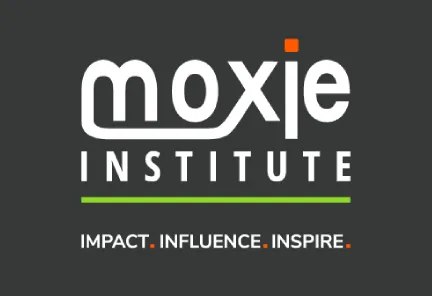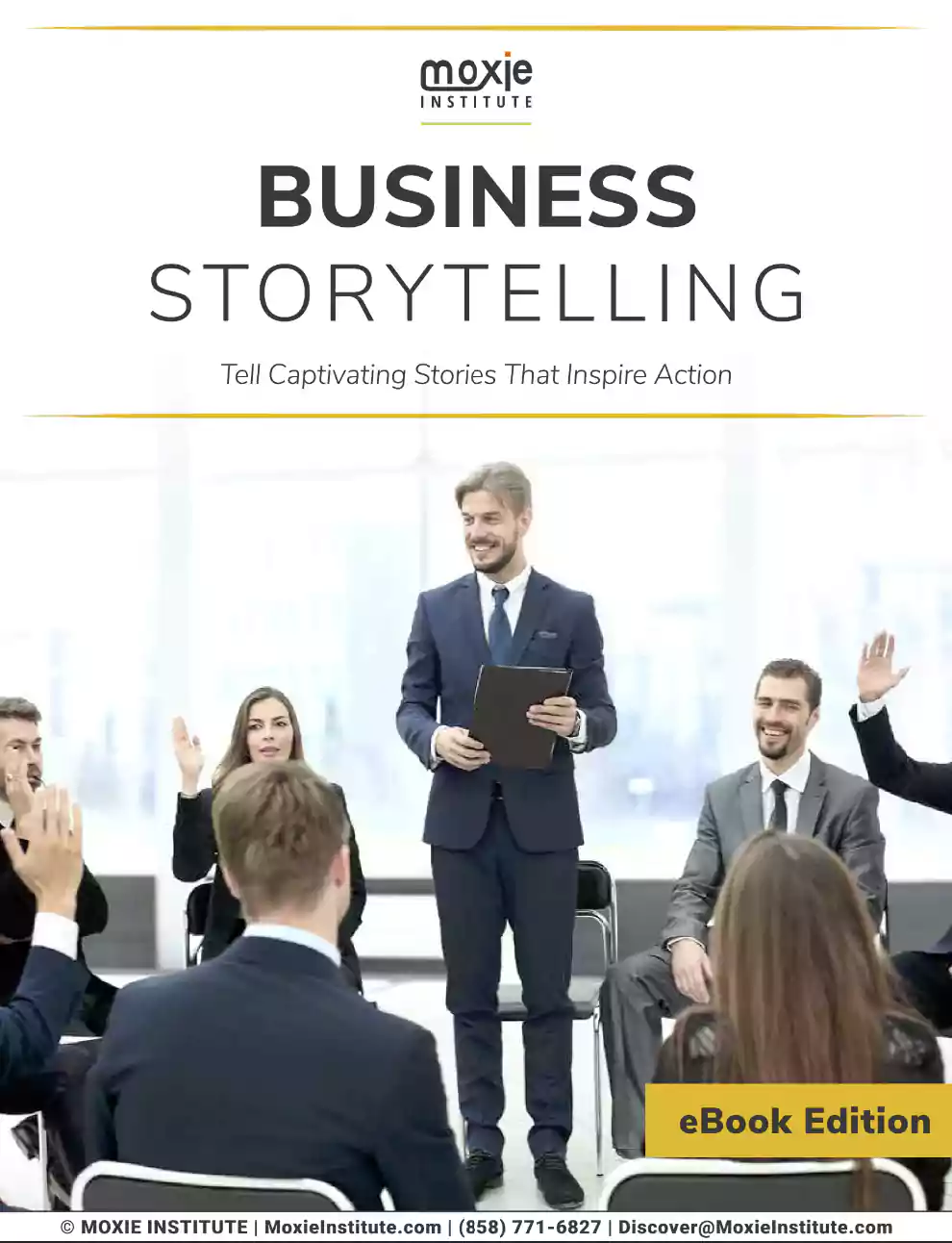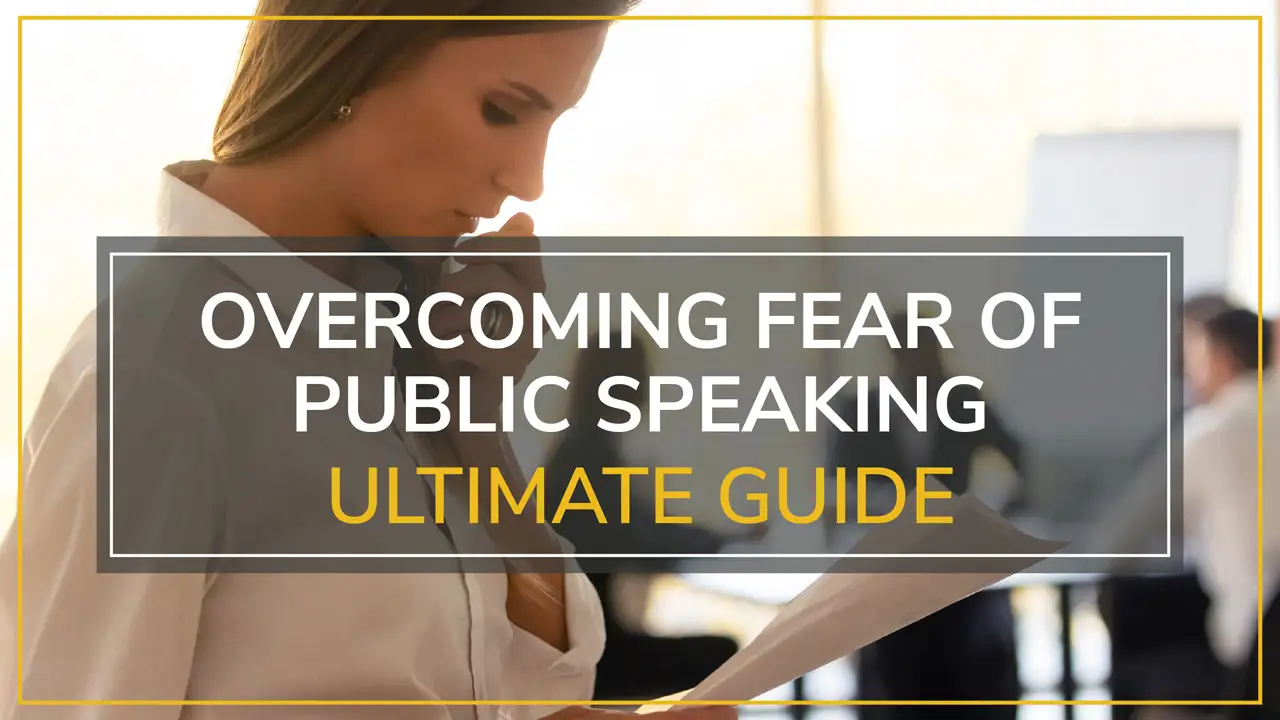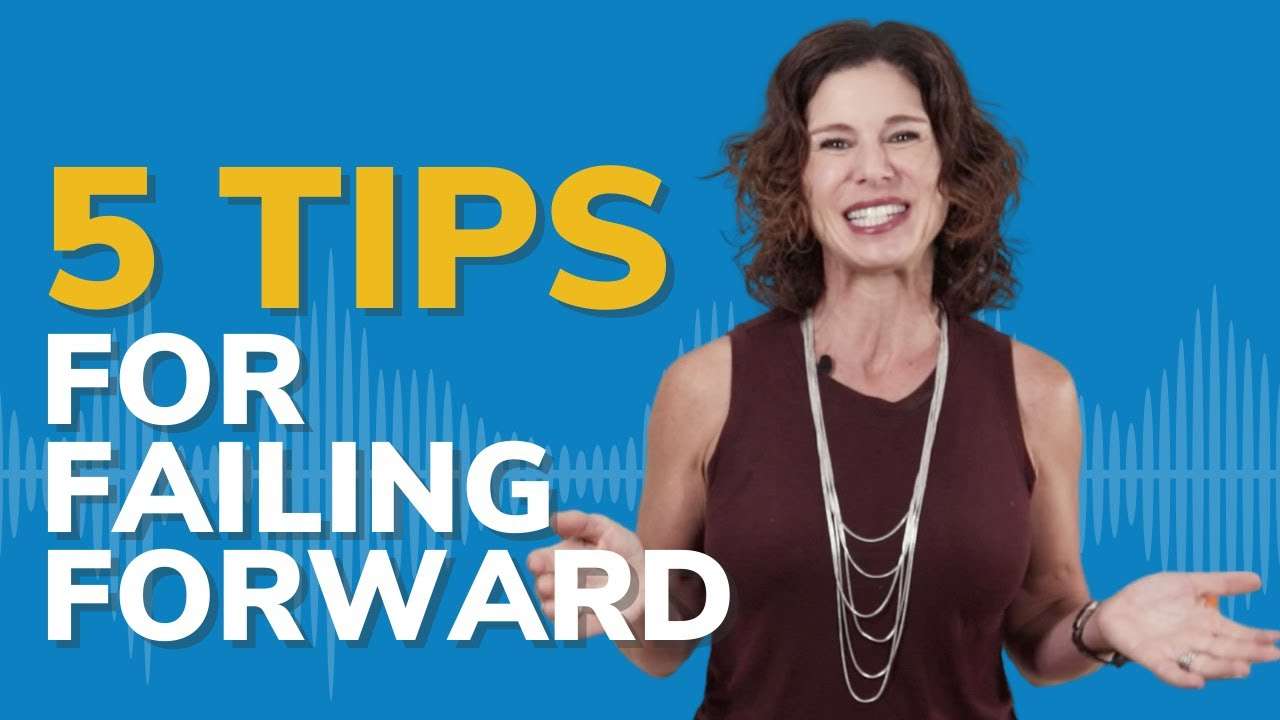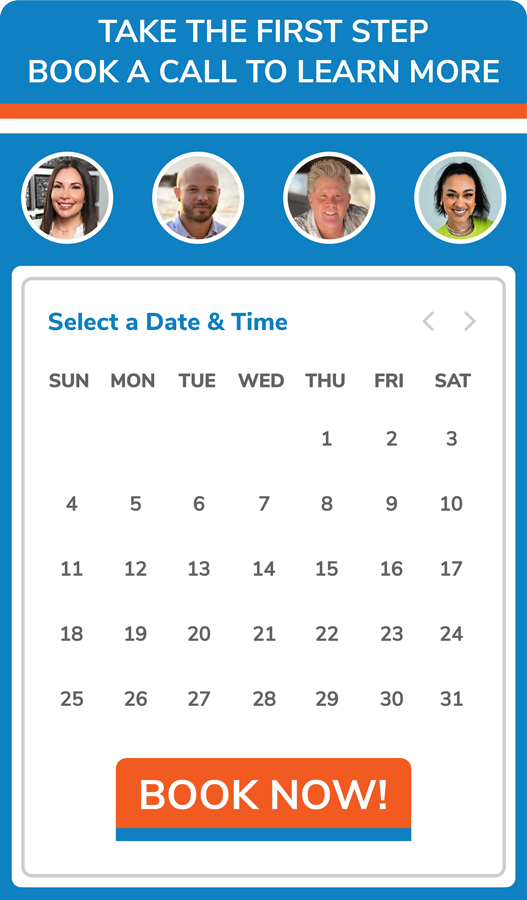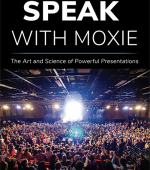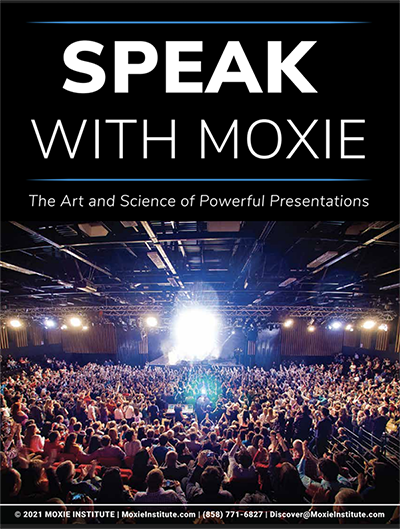Preparing a speech may seem a bit overwhelming when you are first faced with the task—but the rewards of doing it right are always worth it.
Fortunately, there are proven steps you can take to prepare a speech, deliver it with impact, and impress your audience.
We are going to share with you our top seven tips so that next time you need to deliver a well-prepared speech, you’ll know just what to do!.
Table of Contents
Toggle1. KNOW YOUR AUDIENCE
The most important question you must ask yourself while preparing for a speech, or any public speaking opportunity, is not “what is my topic?” but “who is my audience?”
Understanding your audience will help you prepare a presentation that will connect with them in a meaningful way.
Your first step to achieving your goals with an audience is knowing who you’re dealing with. These three questions will help you understand who you are speaking to:
- Why are they here?
There are many reasons why someone could be attending your speech. You need to understand why your audience is spending this time with you. - Who are they?
Interns at a firm have different characteristics than C-Suite executives. To connect with your audience, your speech needs to relate to them. - What are they expecting to gain?
It is essential to be clear on the end goal of your speech. Does your audience want to learn from you? Are they looking to be motivated? Or do they want to be entertained? The entire tone of your speech will change dramatically depending on this answer.
It’s also essential that the content and delivery of your speech adapt to your audience’s:
- Age
- Level of knowledge/experience
- Demographic
- Profession
You also need to consider how they will use the information you provide.
By doing detailed research and audience analysis, you’ll find it much easier to prepare your speech. You will present the exact content that your listeners want to hear with increased confidence, and you’ll also elevate your professional reputation as an expert.
2. DEFINE THE PURPOSE OF YOUR SPEECH
Once you understand your audience, you must determine the purpose for your speech that will resonate with them most. In short:
Build your presentation around one big idea and only one.
Think back on every speech you’ve ever heard. Can you remember what the speaker’s main point was?
If you can’t, well, in our book, that speech wasn’t a complete success.
A great speech has a central message so clear, concise, and catchy that the audience can’t help but remember it.
The Narrative – Your Story
In his book TED Talks: The Official TED Guide to Public Speaking, Chris Anderson writes, “One of the biggest reasons we turn down applications to speak at TED is when we’re offered compelling anecdotes but no central idea that wraps that narrative together.”
That matches our experience at Moxie. Yes, all great talks infuse clear storylines, but they also are tied intimately to the purpose and overall message.
The talk has a point, and the story provides the emotional hook that sells it to the audience.
Why? Because we all love a good story and because good stories are drawn from the heart. The ideal narrative establishes authority, captures the heart and mind, and illuminates your topic.
Like Anderson, we’ve found that compelling presentations need good stories. Narratives aren’t just something you throw in, dispensable parts of the speech—they’re the glue that binds the whole presentation together.
Whether your speech is built around your personal story, testimonials, or even new studies, dive in deep to find the human truth in the narrative.
What your audience wants is authenticity and vulnerability here. If you’re talking about difficult and painful experiences or exciting and triumphant tales, they’ll understand—and most will also relate. Most importantly, you will form a deeper connection with them.
You will be building empathy with the audience depending on the route you’ve taken, for example:
- Personal Story – “I’ve been in your shoes; I’ve had the same problems. I’m here to tell you how I figured it out so you can too.”
- Testimonials – “We’ve all experienced X before. We’ve all felt the same frustration. But what if I were to tell you that you may never have to feel that way again? Here are the stories of people who did the unthinkable and what we learned….”
- Studies – “The data has confirmed what many of you have likely believed your whole life. Not only were you right, but we uncovered something unexpected and exciting in the process that will change the entire industry. Here’s what happened…”
Drawing an audience in with a relevant, purporse-driven narrative is powerfully persuasive. Of course, that’s just what you say. How you say it is important too.
3. PLAN YOUR DELIVERY
The best presentations target both the right brain (emotion) and the left brain (logic). They inform and entertain the audience.
Consider the following three foundational steps to a great speech delivery:
Establish Credibility
Establishing credibility is essential to getting your message across. An audience’s perception of your credibility is based on three different components:
- Body language – 55%
- Tone of voice – 38%
- Content – 7%
Naturally, we can see that a big emphasis should be placed on body language, followed by your tone of voice.
It is not to say that your content is not important after all; it is the foundation of your speech. Keep in mind that your delivery can either amplify your message or undermine it.
As you prepare your speech, make sure to prioritize how you will deliver for optimum impact.
Here are some tips to demonstrate credibility while you present:
Body Language
- Maximize the space your body takes up on stage. Turn to face different sections of the audience
- If you’re telling a story, use physicality to bring it life
- Don’t hunch or get small! Use an expansive body posture to demonstrates confidence
Voice
- Do a vocal warm up to give your voice more strength before speaking
- Raise and lower your voice to match the emotions you’re conveying. Be loud and passionate, quiet and serious—vocal variety is the spice of a good speech
- Avoid using filler words or sounds. We’ve all sat through a speech where every other word is “umm” or “er” or “like” that is a sure credibility killer! The best antidote: pausing. Pauses give your brain space to catch up and add effect to your talk
- Practice so your speech is fluid and with proper enunciation.
Engage Emotions
Don’t speak like a robot. Tap into your audience’s emotions.
We lead textured emotional lives: we laugh, we cry, we bristle at injustice, we root for the hero. Your words should engage that entire emotional range.
Just remember: nowhere is authenticity more essential than with emotional appeals. The only feeling stirred by canned jokes and insincere stories is awkwardness.
So, how do you find the right emotional words for your speech? One simple and convenient way is by drawing from the core of who you are and your own emotion-related experiences.
From stoic CEOs to ex-marines, we’ve coached many people who have wrongly said they don’t feel much. But the second we ask them to think about important family, best friends, and significant memories, they realize just how significant a role emotions play in their life.
When preparing your speech, think about the emotions you want your audience to feel, and find a way to talk about it so that you feel those emotions yourself.
Because if you feel the emotions while talking, studies have shown that mirror neurons in the brains of your audience will fire off, making them feel those emotions too.
Though you may be tempted to skip the pathos, it’s also important to know that it’s emotion that triggers memory. And we know you DO want your audience to remember you after you are done.
4. PLAN THE OPENING OF YOUR SPEECH
You will gain or lose your audience’s trust and attention from the very moment you start speaking (in fact, from the very moment you step on stage.)
The introduction to your speech has one goal: to persuade the audience to give you their most precious resources—their time and attention.
Your intro doesn’t need to solve world peace or sound like Shakespeare. It simply needs to convince your listeners that you’re someone worth listening to.
This makes it even more critical to ask the question, “How should I open my speech?”
Speech writing is an art and a science. Your intuition and creativity will give you some ideas on what may work. And through experimenting and testing, you can land on the ideal opening.
So experiment. See what works for your setting and message. Maybe it’s eliciting emotional reactions through music, or maybe a poem, or maybe a shocking statistic from your latest whitepaper. Try them all out on colleagues or friends to determine what’s most effective for you.
If you need help with some ideas, try the P.U.N.C.H. method:
You’ll know your audience is hooked when they’re ready for more. When they’ve decided your message makes it worth sticking around. Another clue is when they are not looking at their phones.
The key to a killer opening, then, is this: make it worthy of your audience so that they know it’s worth their time.
5. ORGANIZE THE BODY OF YOUR SPEECH
Build the main points of the speech around your one big idea. Make sure the central idea is stated in the introduction. Support it throughout the body, and finally, restate it at your closing.
Warning: If you’re giving a presentation with slides, DO NOT start the entire process on the presentation software. Many clients start making their presentations in Powerpoint immediately, which is the worst way to order your thoughts.
For any speech, start on paper, then move to the screen only once you’ve scribbled and edited and finalized the outline and structure of your speech.
Do you want to change hearts and minds through your presentations? If your answer is yes, then you also need to think specifically how you will engage, entice, and entertain your audience.
You don’t have to immediately enroll in public speaking training or become an Oscar-worthy actor or actress. But you do need to incorporate things like:
- Activities
- Questions
- Exercises
- Visuals
- Improvisations
- Or literally, any other engaging ideas you have that go beyond information delivery.
You need to actively keep your audience hooked and enjoying every minute of your speech.
6. EDIT YOUR SPEECH
Once you have the initial draft of your speech, it’s time to edit. This is where you cut down your content so it is clear, focused, and concise.
When editing, avoid falling in love with any portion of your speech. You may have beautiful paragraphs you labored over, slides you poured your heart and soul into, but you must be prepared to cut them out if needed.
Follow these steps to guide you in editing your speech:
- Edit For Focus And Clarity
- Make sure your paragraphs and sentences are all centered around your core message
- Avoid jargon or industry terminology that may lose your audience because they don’t relate to it
- Edit For Concision And Continuity
- Eliminate sentences if your point can be made without them
- Cut out any words that do not add clarity of meaning to the sentence
- Use short words that are easy to understand
- Avoid abrupt transitions by using appropriate transition words and phrases to make your speech flow
- Edit For Impact And Variety
- Make your speech light and engaging by breaking up long stretches with levity
- Balance theory and logical arguments with stories and practical applications
- Use rhetorical questions, analogies, and metaphors
- Create vivid images and appeal to the senses
- Edit For Grammar
- Use the active voice unless the passive voice is more appropriate
- Active = Take charge of your life to make an impact
- Passive = Taking charge of your life can make an impact
- Simplify your sentences and make paragraphs coherent
- Condense closely related material
- Use the active voice unless the passive voice is more appropriate
It may be difficult to part with some of your content but remember that your speech is not for you. Ultimately, it needs to serve its purpose and serve your audience.
7. CONCLUDING YOUR SPEECH
A good closing moves your audience. This is your final opportunity to drive the purpose of your presentation home.
This is also where you nudge them to take whatever action you may have planned for them to take.
Did you start the talk with a story about the company’s founder? Reintroduce that person at the end in a new, slightly different way and in a way that mirrors the journey you’ve led the audience through in your talk.
Has there been a recurring joke throughout the presentation? Rather than overusing it, turn it on its head at the end—it’ll be unexpected, and it’ll make the audience rethink what’s come before.
Here are five tips to end your speech:
- Be Meticulous In Planning Your Closing
Don’t be the athlete who starts celebrating before they’ve crossed the finish line. A stronger conclusion is vital to your speech’s success. This will be the last thing they will remember about you; make a lasting impression. - Summarize And Restate The Purpose Of Your Speech
Summarize the big important idea and key supporting points. You are building to a crescendo so help your audience see how everything ties together. - Finish Your Story Or Bring It Back
Whatever narrative you have woven throughout your speech, it’s important that you bring it to an end or tie it to your final points. This will help everything stay in your audience’s mind.. - Use A Call To Action
If your speech had a purpose that included the audience taking a step towards something, make it clear. If you’ve engaged them throughout, they will be emotionally invested and ready to take action. This is the crucial point to give them directions on exactly what they can do after your speech. - If You Can, Stay Afterward To Talk To The Audience
When people hear a fantastic speech, they often want to meet the speaker immediately. They want to ask questions, share their compliments, and sometimes offer new business opportunities. It’s always worth your time to do this as it helps grow your network and elevate your reputation.
It helps to visualize your closing. Practice in your mind the entire closing part of the speech. This will help you find your comfort level with some of these five tips. Use what is appropriate for you.
Bonus Advice: How To Speak With Clarity And Confidence
Since you spent all that time preparing an incredible speech, it would be a shame if your public speaking skills weren’t up to par to bring it to life. We have a public speaking ultimate guide that goes into greater detail, but here are some quick tips to follow below.
We have all been there, sitting in the audience, and the speaker comes to the podium. In less than 60 seconds, we are mesmerized. The speaker seems larger than life, they fill the room with their persona.
The speaker is articulate and succinct, yet effective. No word is wasted. The message is crystal clear and connects with the audience. They are leaning forward, listening intently.
That is mastery of confidence and clarity. How do YOU get there? Here are five tips:
- Let Your Voice Dance!
Use the full range of tone of your voice. The highs and lows can be very effective in emphasizing parts of your speech. - Enunciate Your Words Properly
Don’t mumble or run through your words at 100 miles an hour! Pace your speech, and pay particular attention to finishing your words. Pay particular attention to words that end in “T”, “K”, “P”, “D” to make sure you finish the word and not just slide right into the next. - Use Pauses
This is one that many speakers struggle with. In fact, you may notice that some are so uncomfortable with pauses that they commit the most egregious crime of public speaking, using” The “hmm”s or “ahh” to fill in those sacred pauses.You need to be very comfortable with pausing. It helps you by giving you a second or two to gather your thoughts for the next sentence. Pauses, when done correctly, also help your audience digest what you just said. “Drinking from a firehose” type delivery of speeches is not the most effective.
- Breathe Properly
Use diaphragmatic breathing at the proper pace to give your voice power and help you articulate and enunciate better.This gives you better control over the tone and rhythm of your voice.As we mentioned previously, your tone of voice accounts for 38% of the effectiveness of your speech; using the right breathing technique can help you nail that key element of your speech!
Prepare And Deliver With Confidence
Preparing a speech will give you the confidence you need to connect effectively with your audience and deliver your message with impact.
Whether you are someone who frequently speaks in front of audiences or someone doing it for the first time, you now have a roadmap to follow.
Now that you know how to prepare a killer speech, learn how to deliver it with expert style with our Speak with Moxie e-book. Get the full ebook full of expert techniques and advice immediately at your fingertips by filling out this form!
TAKE THE FIRST STEP TO MASTER POWERFUL NEW SKILLS
Schedule an easy 30-minute call using our using our calendar. We’re here to help!
